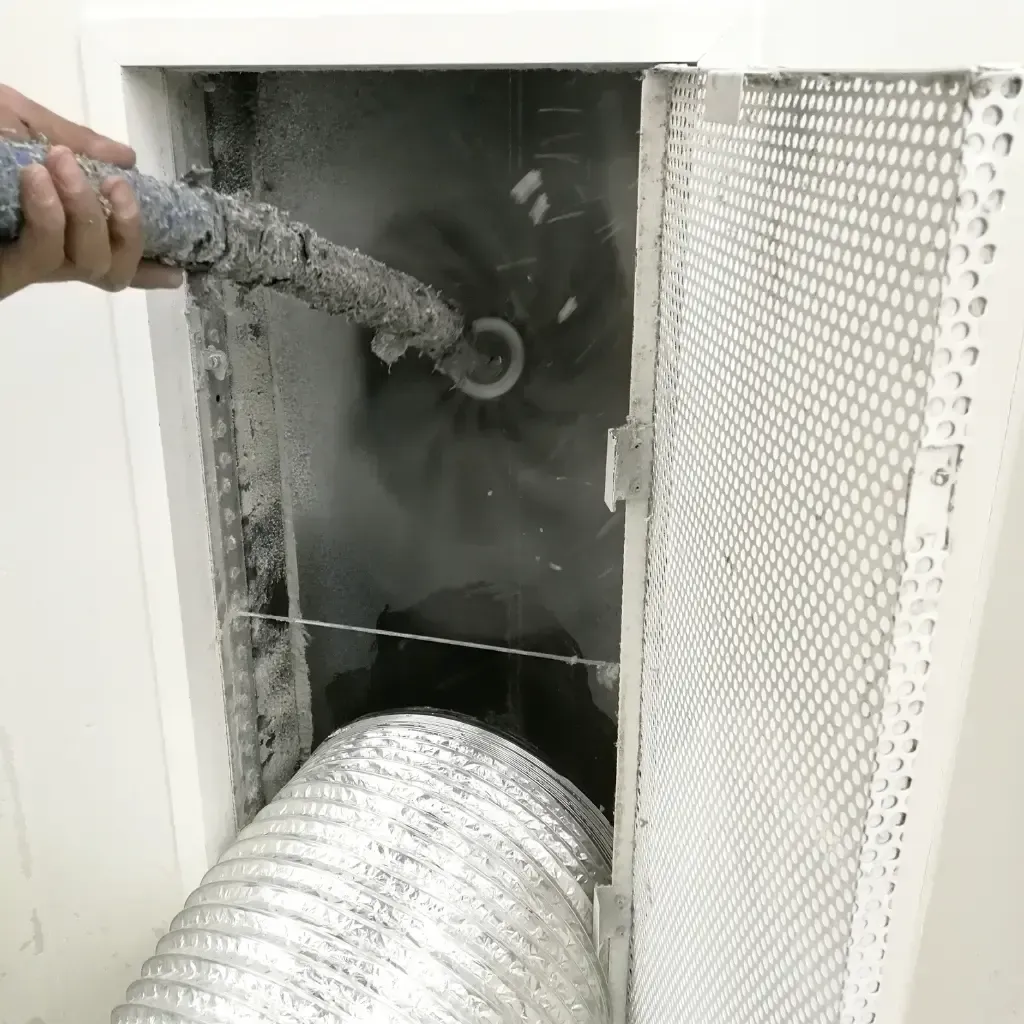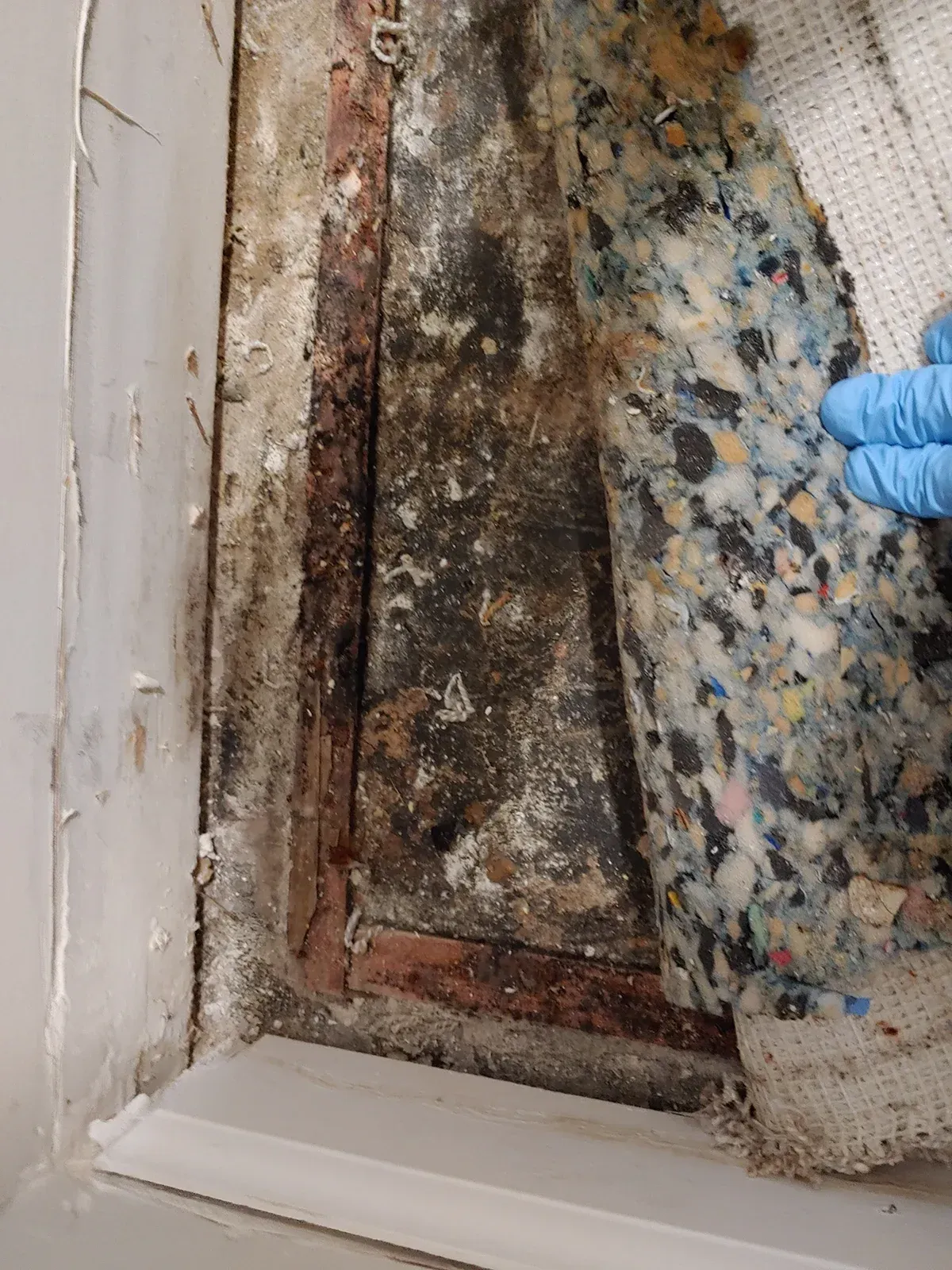The Top Three Reasons to Hire Duct Cleaning in Myrtle Beach, SC

What are the benefits of Duct Cleaning?
Duct cleaning is essential to homeownership, or at least it should be. The regular use of ducts in a home, office, or building often involves dirt, debris, dust, and other things that cause the system to clog and run sluggishly. Below are the three top reasons to seek duct cleaning in Myrtle Beach, SC.
1. Effective Removal of Dust and Debris: Mechanical air duct cleaning methods effectively remove adhered dust and dirt from duct surfaces. Mechanical cleaning methods showed a significant decrease in dust deposition, indicating a clear benefit in eliminating physical contaminants from the air distribution system.
2. Improvement in HVAC System Performance: Research suggests that air duct cleaning could improve system performance. In a study conducted by the EPA, they observed an increase in supply air rates between 4 and 32% in eight of the houses following cleaning, and return air flow rates increased between 14 and 38% in two of the houses following cleaning. These improvements indicate that duct cleaning can enhance the efficiency and effectiveness of HVAC systems, potentially leading to a comfortable indoor environment and energy savings.
3. Reduction in Airborne Fungi Levels: Duct cleaning provides a noted reduction in airborne fungi levels in some cases. While these reductions are not considered substantial across the board, they suggest that duct cleaning might reduce specific microbial contaminants under certain conditions, contributing to improved indoor air quality.
How do You Know if Duct Cleaning is Right for You and Your Space?
It is difficult to know for a fact that your ducts need cleaning. Without getting into the system and testing, determining if you meet the above standards is tough but not impossible. Of course, the best option is getting help from duct cleaning professionals.
· Visible Dust and Debris: Since mechanical air duct cleaning effectively removes adhered dust and dirt, homeowners might notice an accumulation of dust around vent covers, on furniture, or in the air as a sign that the ducts could be contributing to indoor dust levels.
· Unexplained Allergies or Respiratory Issues: While the study did not conclusively find significant reductions in bioaerosol or microbial density, a reduction in airborne fungi levels was observed in some cases. If inhabitants are experiencing unexplained allergies or respiratory issues, it could be a sign that the ducts are circulating irritants or allergens.
· Differences in Air Flow: The study noted improvements in HVAC system performance after cleaning, including increases in airflow. If a homeowner notices uneven airflow, rooms that are harder to heat or cool, or a general decrease in airflow, it might indicate that the ducts are clogged or obstructed, requiring cleaning.
· Odors from Ducts: The presence of musty or moldy odors when the HVAC system is running could indicate mold or microbial growth within the ducts, suggesting a need for inspection and potential cleaning.
If any alarm bells ring because of your investigations, you know that it is time to hire the best duct cleaning Myrtle Beach, SC has to offer. The process is quick, easy, and cost-effective. The service can have you and your loved ones or employees breathing easier and in better air. You can reduce your energy costs by not straining systems as much. It is difficult to envision the downside of things because there are none outside the cost of duct cleaning services.



